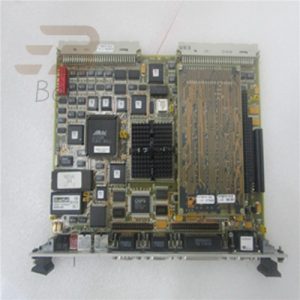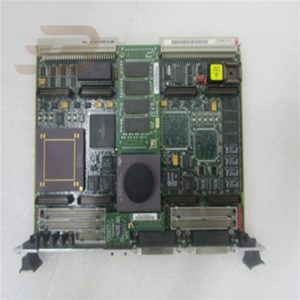MVME2400-0361 450MHzMPC750 512MBECCSDRAM
The MVME2400 Series VME board offers the performance of the MOTOROLA PowerPlus II architecture with outstanding flexibility and performance for a variety of industry-specific application customizations.
Components such as pressure sensors and temperature sensors enable the MVME2400-0361 to detect workpiece clamping, cutting force changes, and temperature in CNC machines, providing critical data support for automated control.
High Performance Computing and Data Processing:
The MVME2400-0361 uses MOTOROLA’s low-power, high-performance PowerPC 750 microprocessor to process large amounts of data and perform high-speed calculations.
In the fields of scientific research, industrial manufacturing, data analysis and other areas requiring high-performance computing and data processing, the MVME2400-0361 can provide powerful computing power.
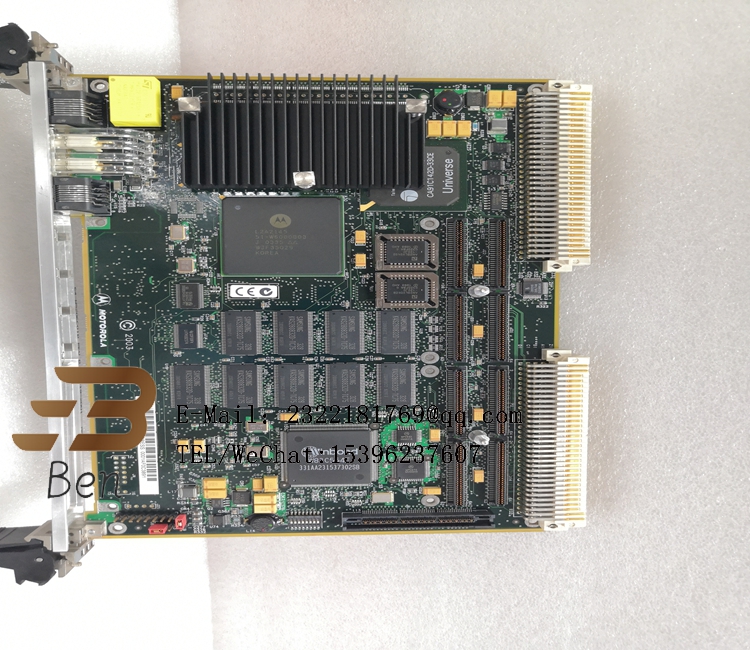
Multiple Input Multiple Output (MIMO) systems:
The MVME2400 supports multiple input Multiple output (MIMO) systems, which makes it a significant advantage in complex systems where multiple inputs and outputs need to be processed simultaneously.
For example, in complex systems such as large telescopes and nuclear reactor simulations, the MVME2400-0361 can adjust the active optical control system to compensate for changes in mirror shape.
Network Communication and Information Security:
The VME board of the MVME2400-0361 provides a VME interface to support network communication.
The powerful processor and flexible scalability enable it to support various information security algorithms and protocols, providing support for applications in the field of network communication and information security.
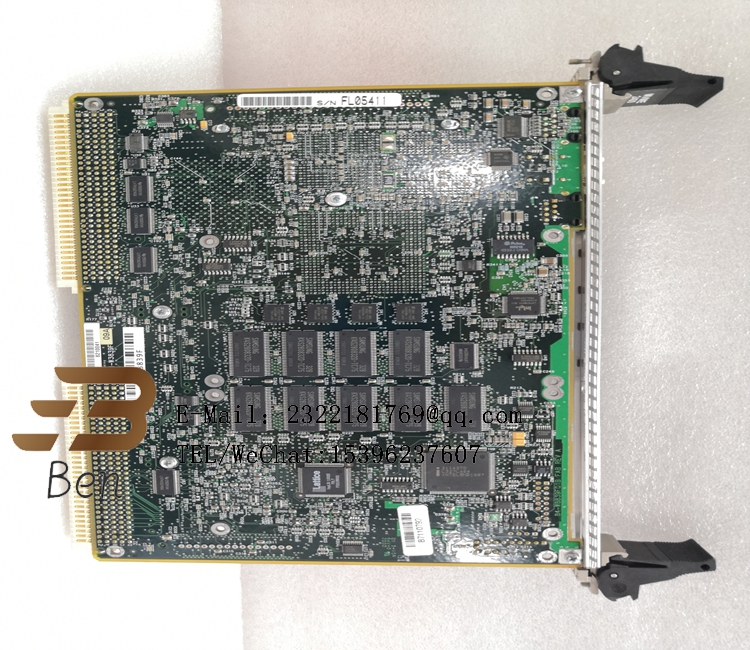
Embedded system:
The MVME2400-0361 serves as an excellent foundation platform that can be quickly and easily customized for a variety of industry-specific embedded systems.
It is suitable for medical equipment, aerospace, traffic management, environmental monitoring and other fields requiring embedded systems.
Research and Education:
The high performance and flexibility of the MVME2400-0361 make it ideal for research and education.
Researchers can use it for various research projects and experiments, while educational institutions can use it as a teaching platform.
In summary, MVME2400-0361, with its excellent performance, flexible configuration and rich interfaces, has a wide range of application prospects in industrial automation and control, high-performance computing and data processing, multiple-input multiple-output (MIMO) systems, network communication and information security, embedded systems, scientific research and education and other fields. 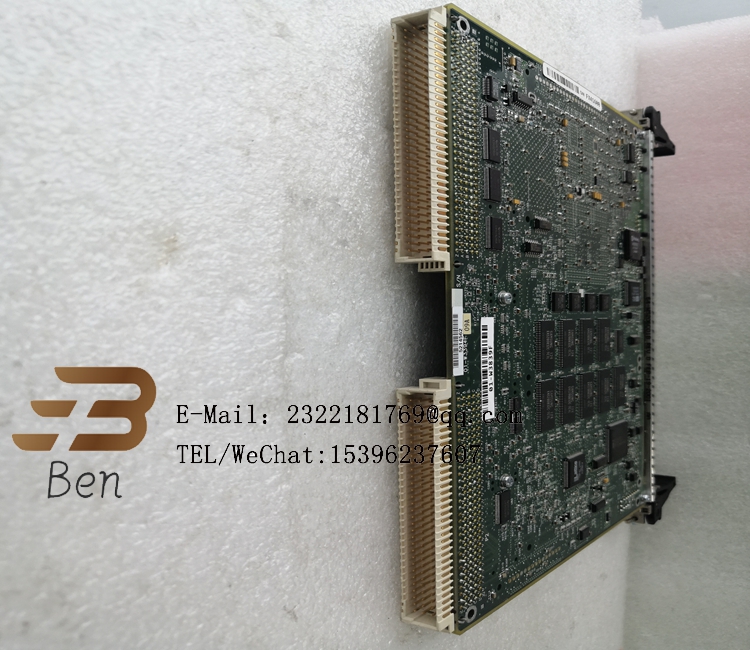
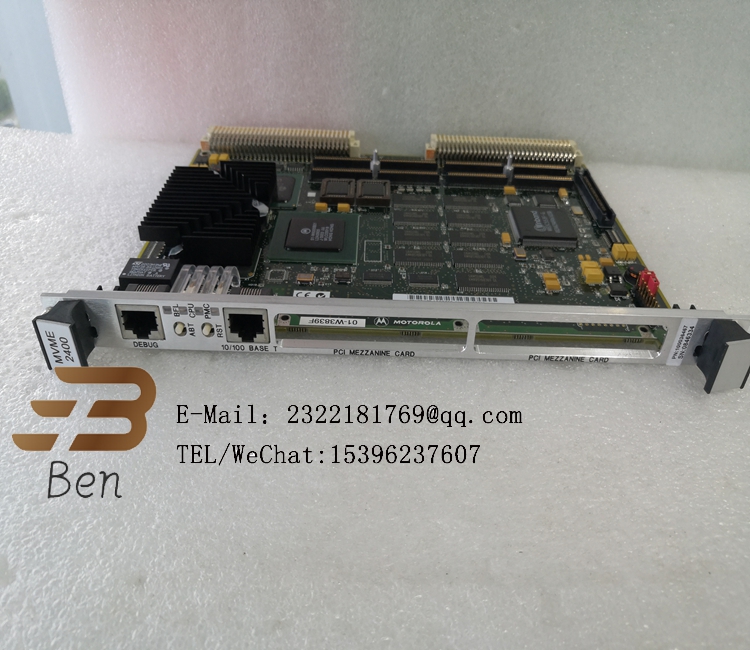
IEEE P1386.1 Compliant PMC Slots
The MVME2400 features dual PMC ports with support for
both front-panel and P2 I/O. P2 I/O-based PMCs which follow
the PMC committee recommendation for PCI I/O when using
the VME64 extension connector will be pin-out compatible
with the MVME2400.
In addition to providing high-performance expansion I/O, the
IEEE P1386.1 compliant PMC ports form a common architecture for future generations of products. Changing I/O requirements can be satisfied by simply replacing PMCs while
reusing the same base platform, reducing the long-term cost
of ownership.
VME64 Extension Connector
To maximize the capabilities of the MVME2400, 5-row 160-
pin DIN connectors replace the 3-row 96-pin connectors historically used on VME for P1 and P2. Two rows, Z and D,
have been added to the VME P1/J1 and P2/J2 connectors
providing a user with additional I/O. The VME64 extension
connector is 100% backward compatible with existing VME
card systems.
PowerPlus Architecture
A second-generation architecture, PowerPlus II Architecture
is a processor and bus architecture fully optimized to get the
maximum performance from the PowerPC microprocessor
family, the PCI bus, and the VMEbus. Features added to the
original PowerPlus Architecture include support for 100 MHz
local bus operation, and utilization of synchronous DRAM
(SDRAM) technology. The outstanding performance of VME
processor boards based on the PowerPlus II Architecture is
not due to a single factor. A number of elements in the design
of the PowerPlus II Architecture contribute to its outstanding
performance including the Processor/Memory subsystem,
high-speed local bus, optimally decoupled architecture,
decoupling the processor from PCI, and the advanced VME
interface which reduces PCI delays.
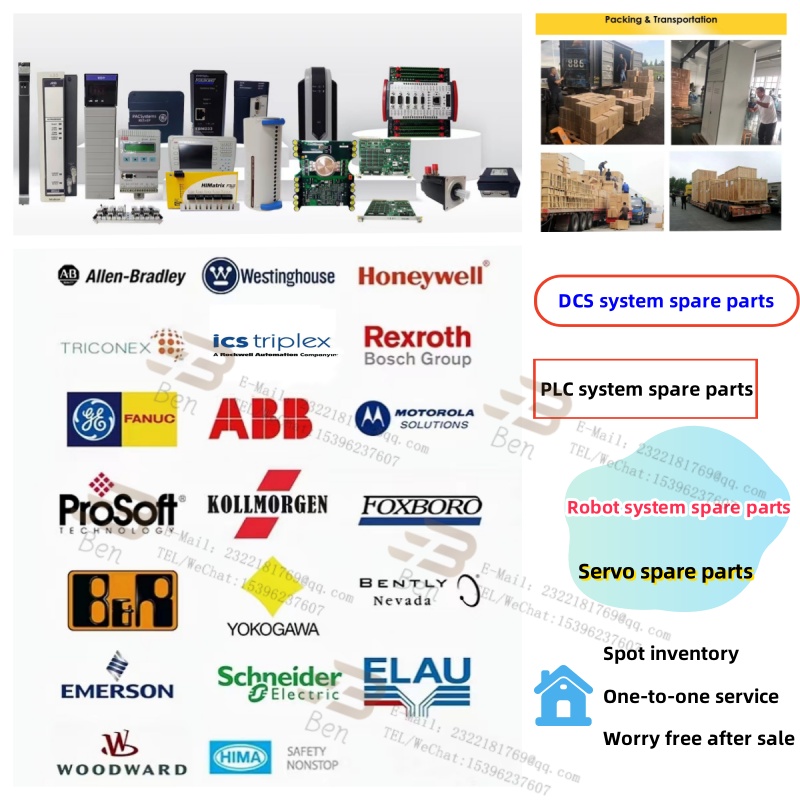
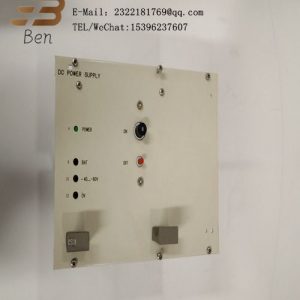
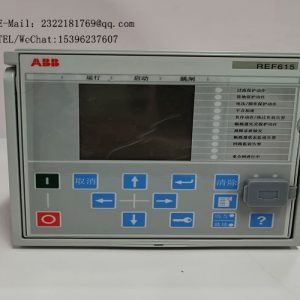
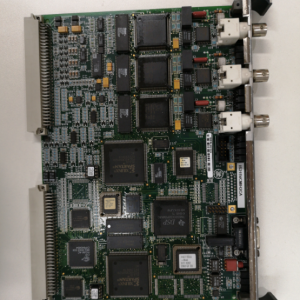
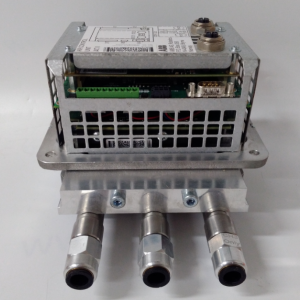
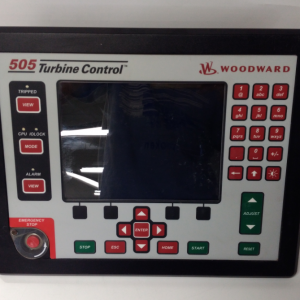
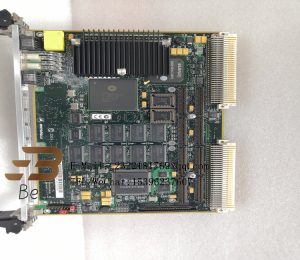
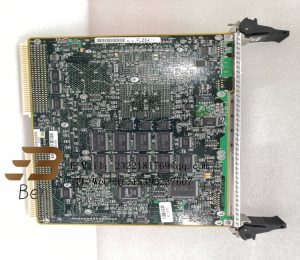
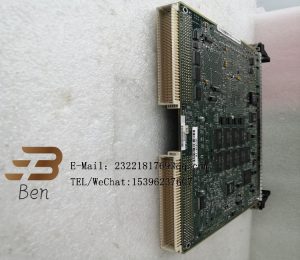
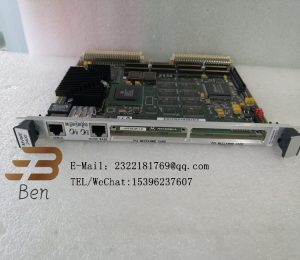
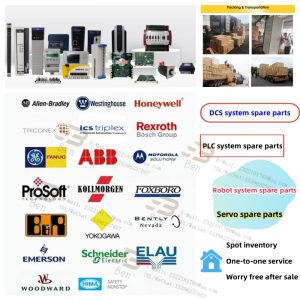
.png)
